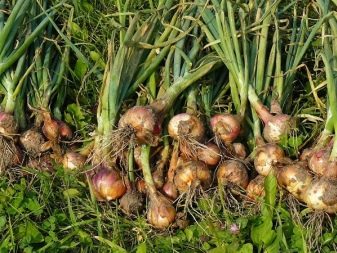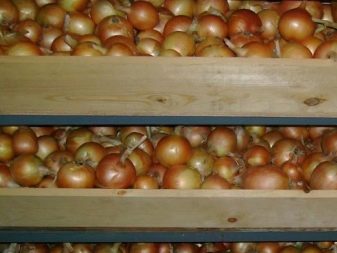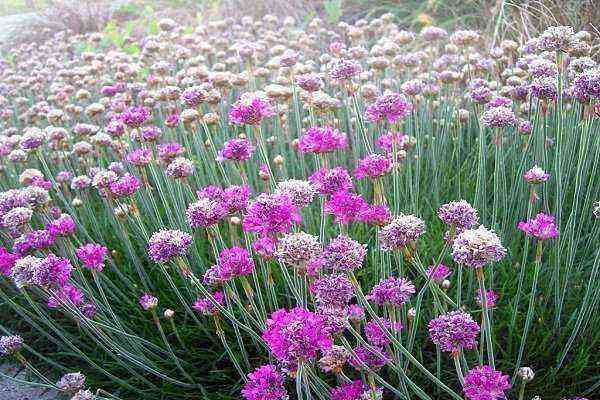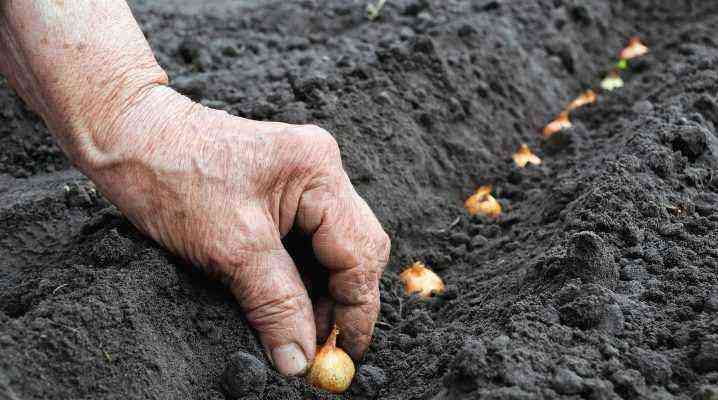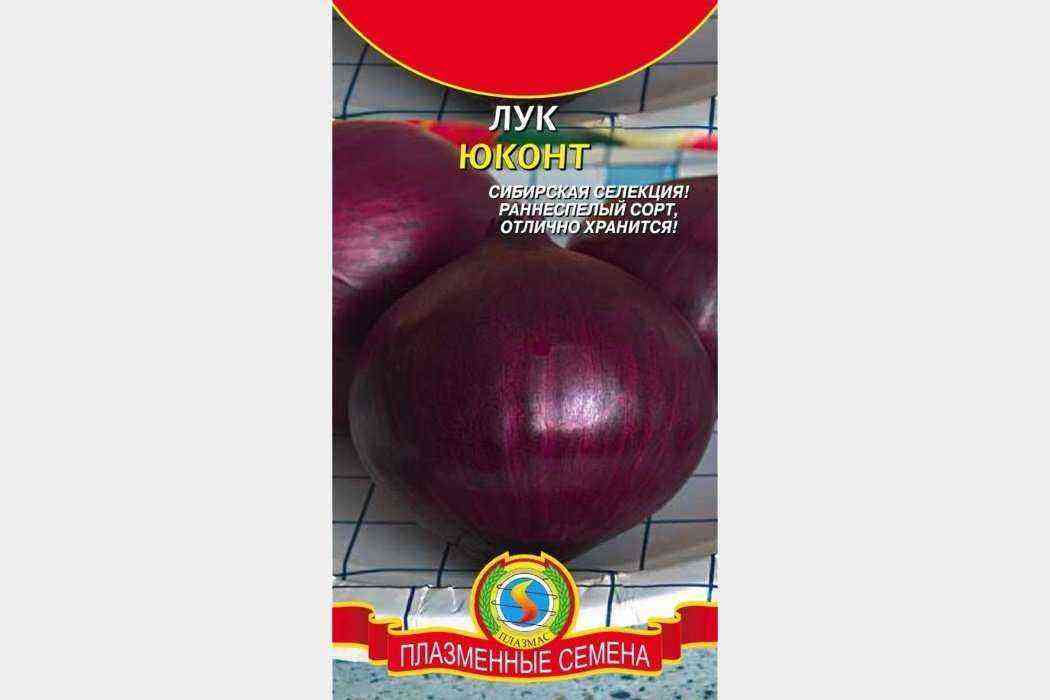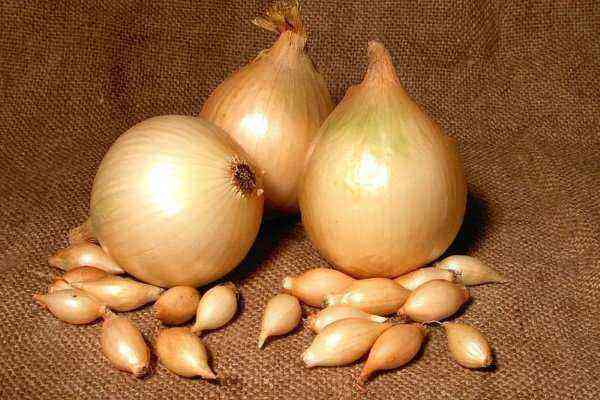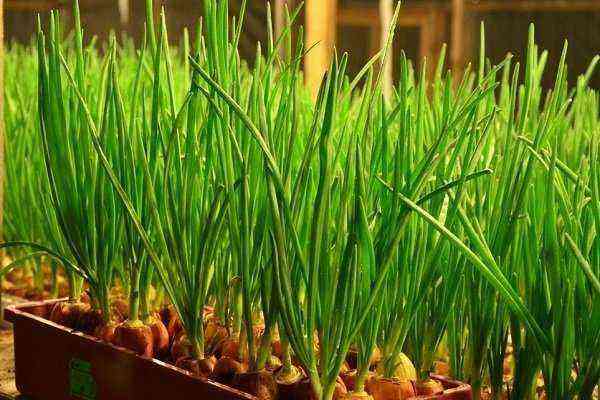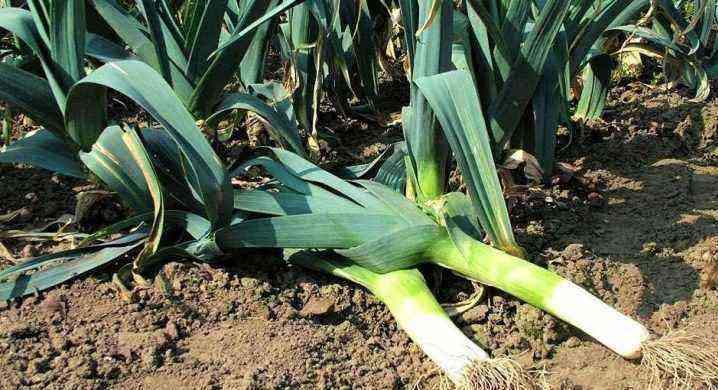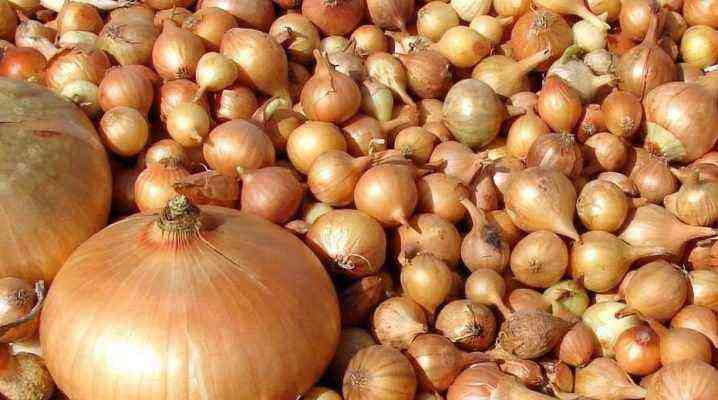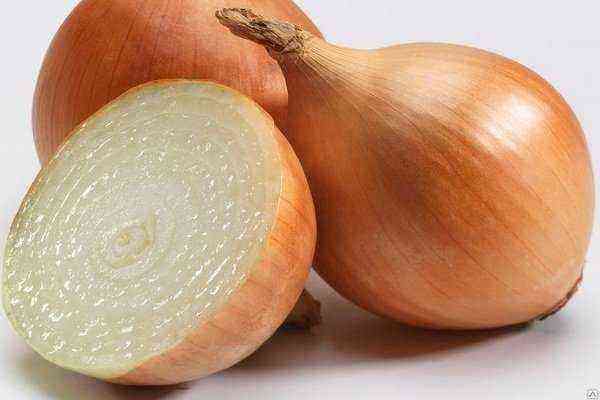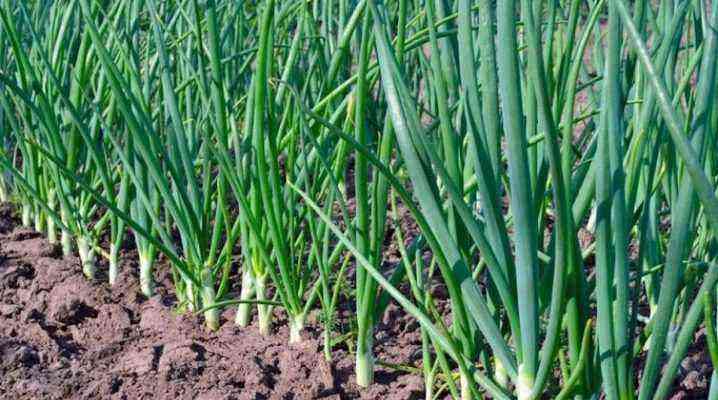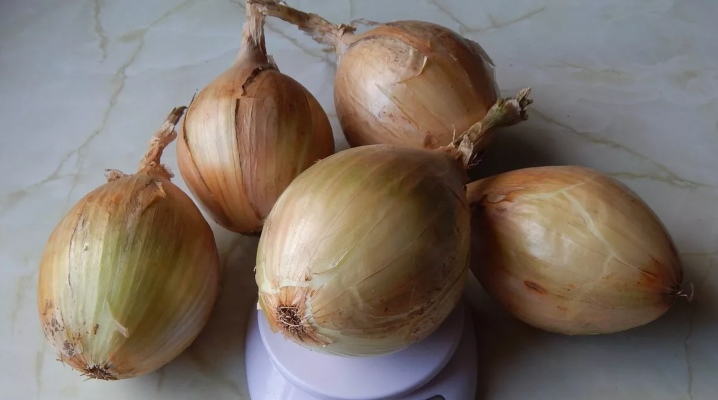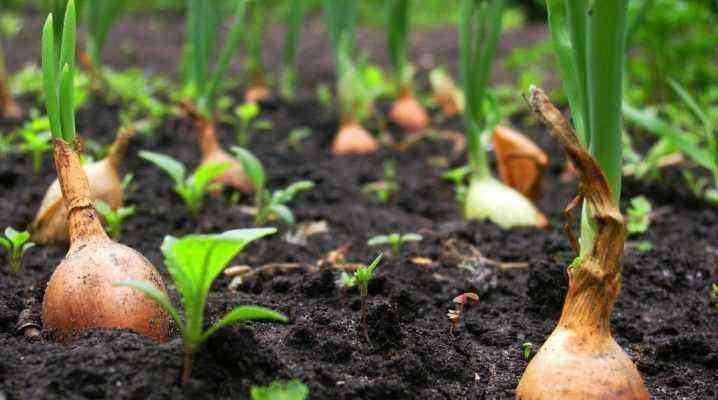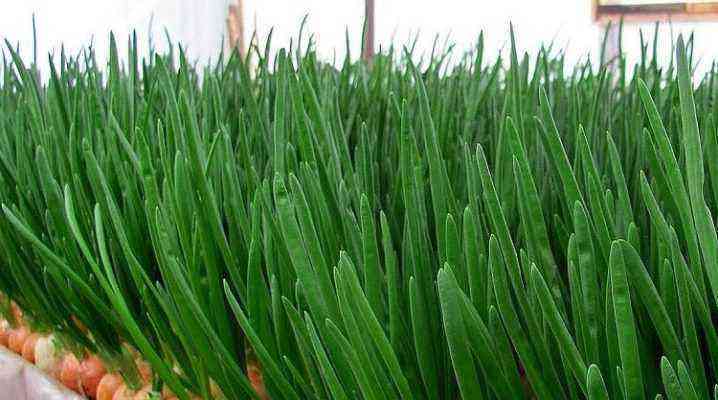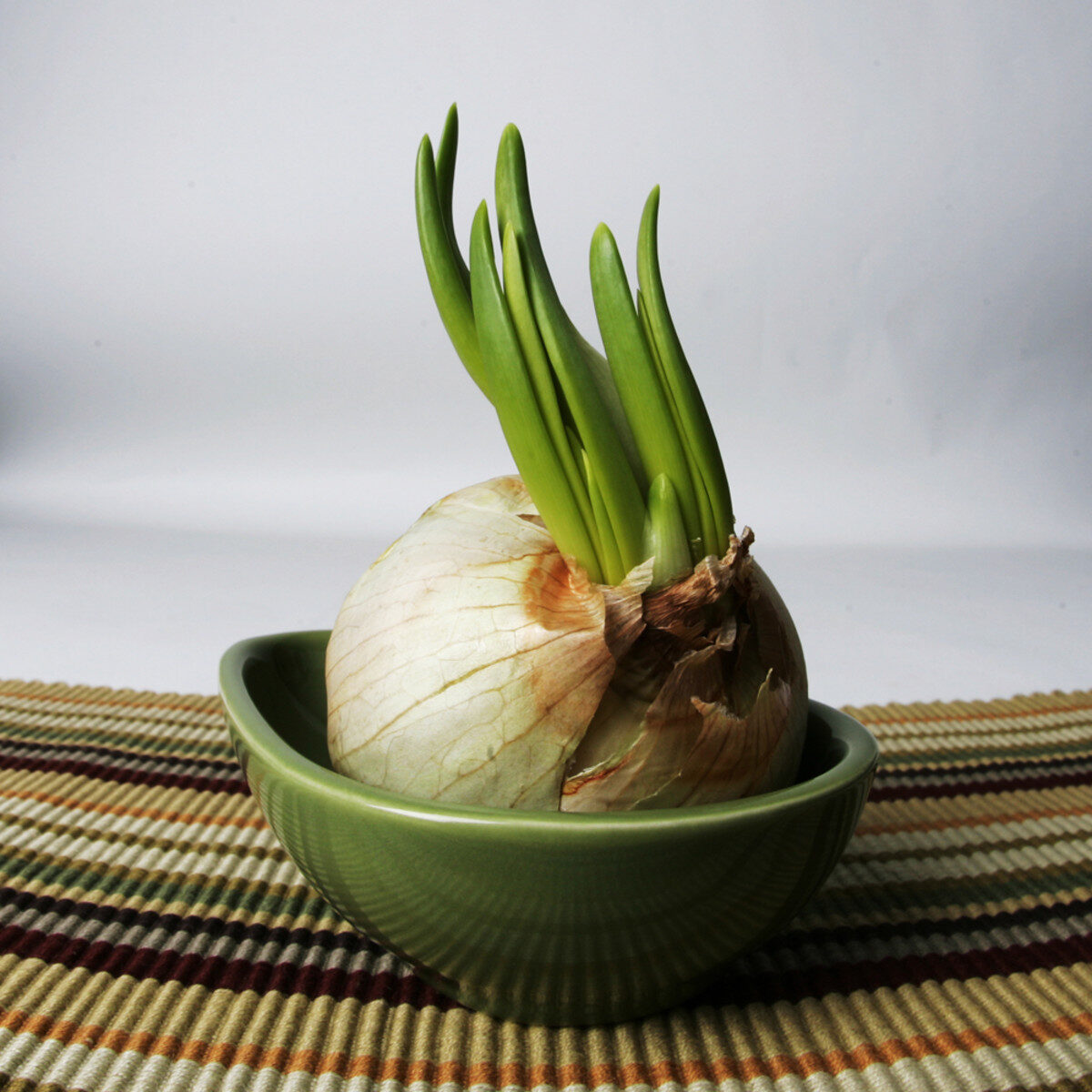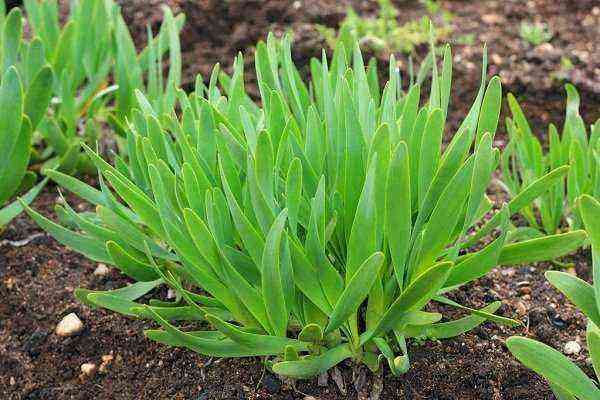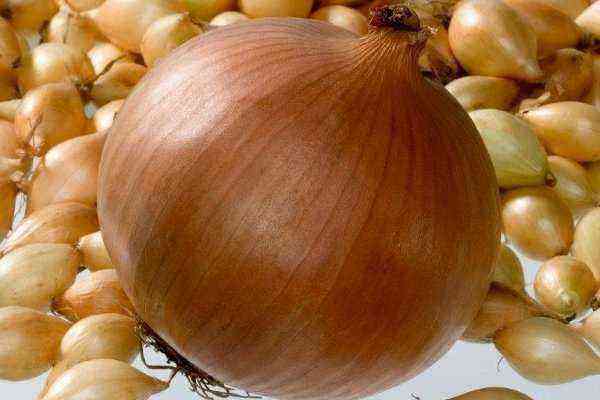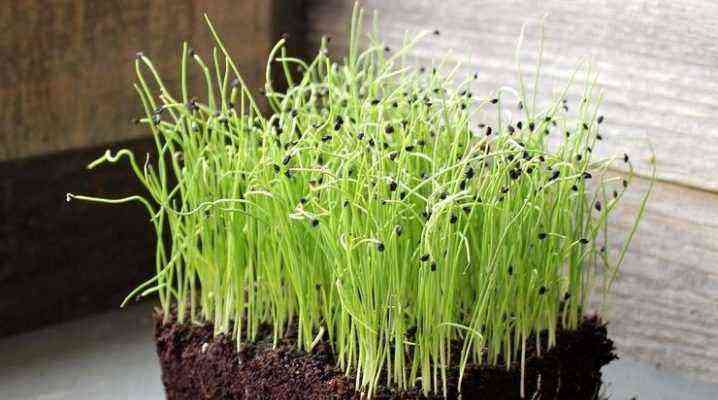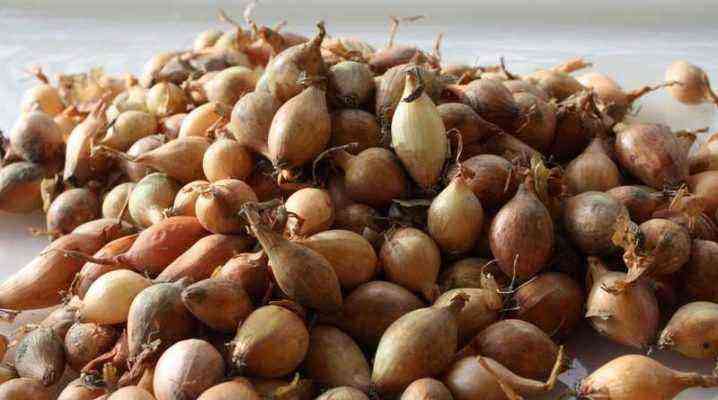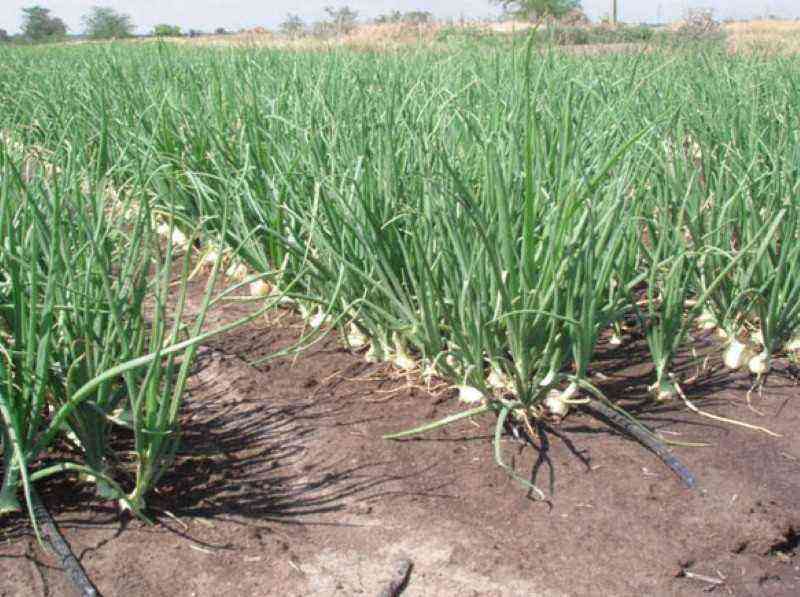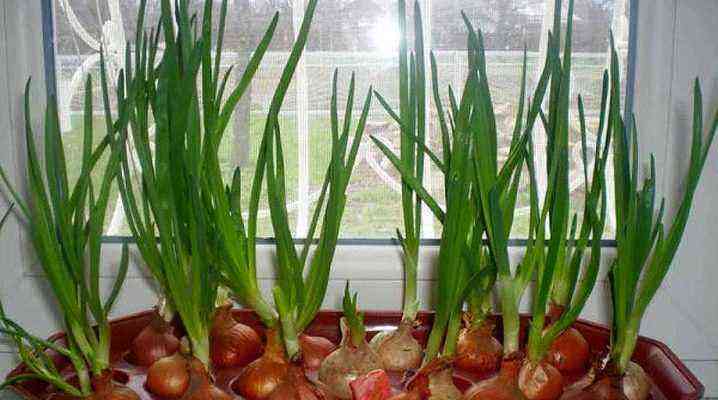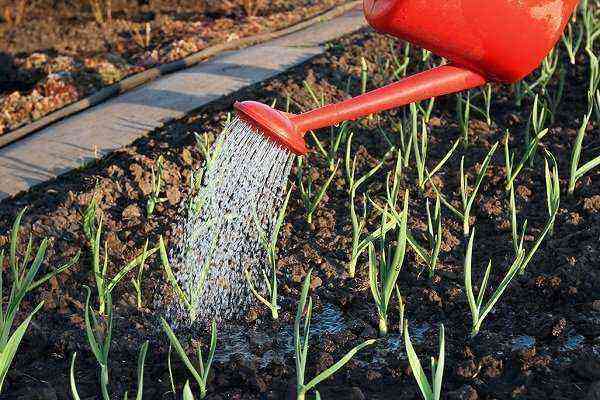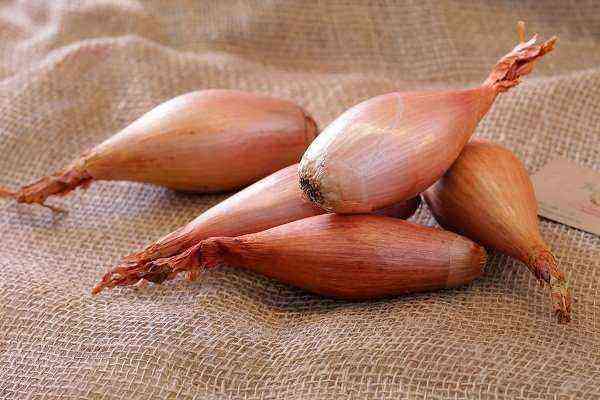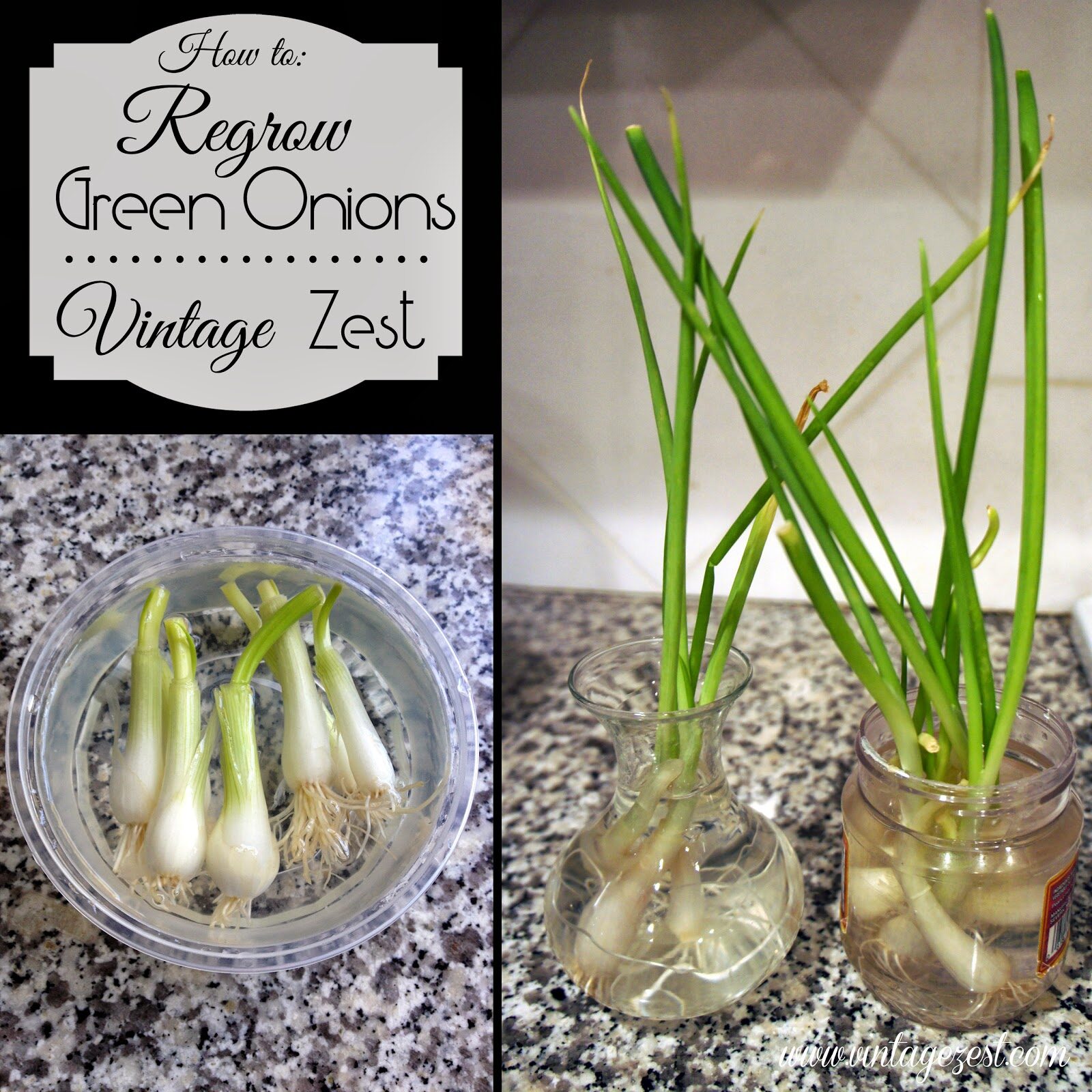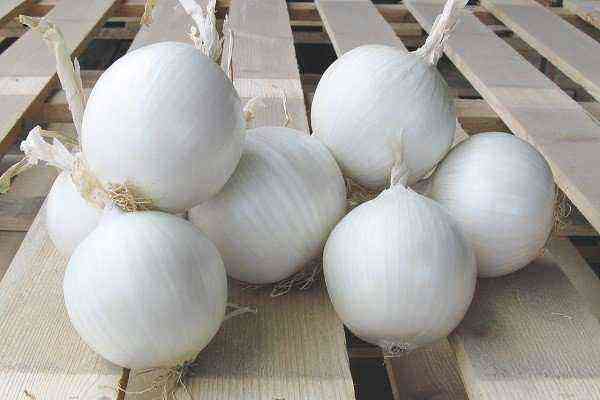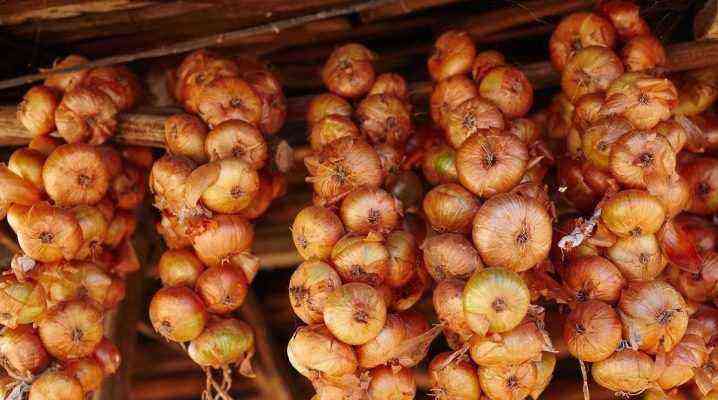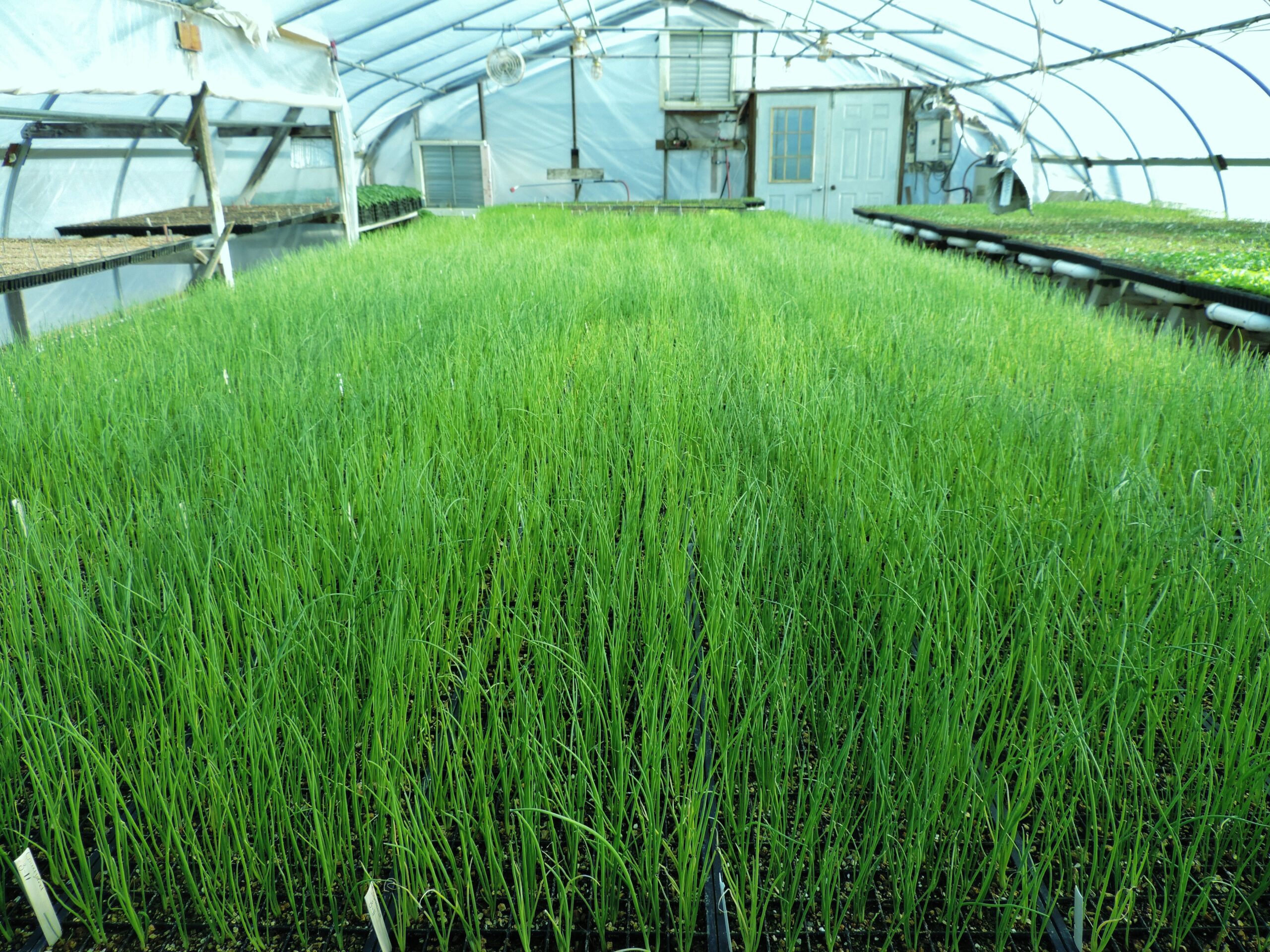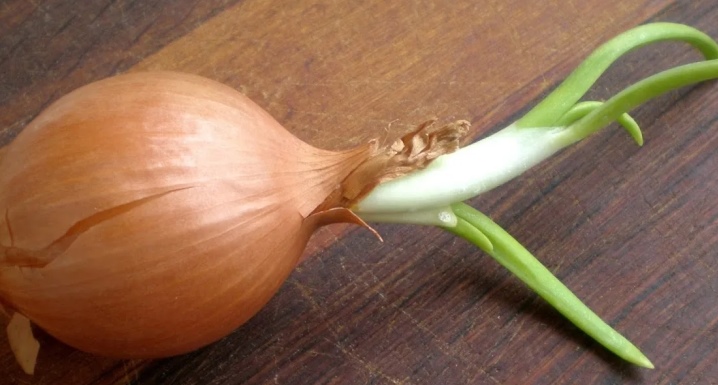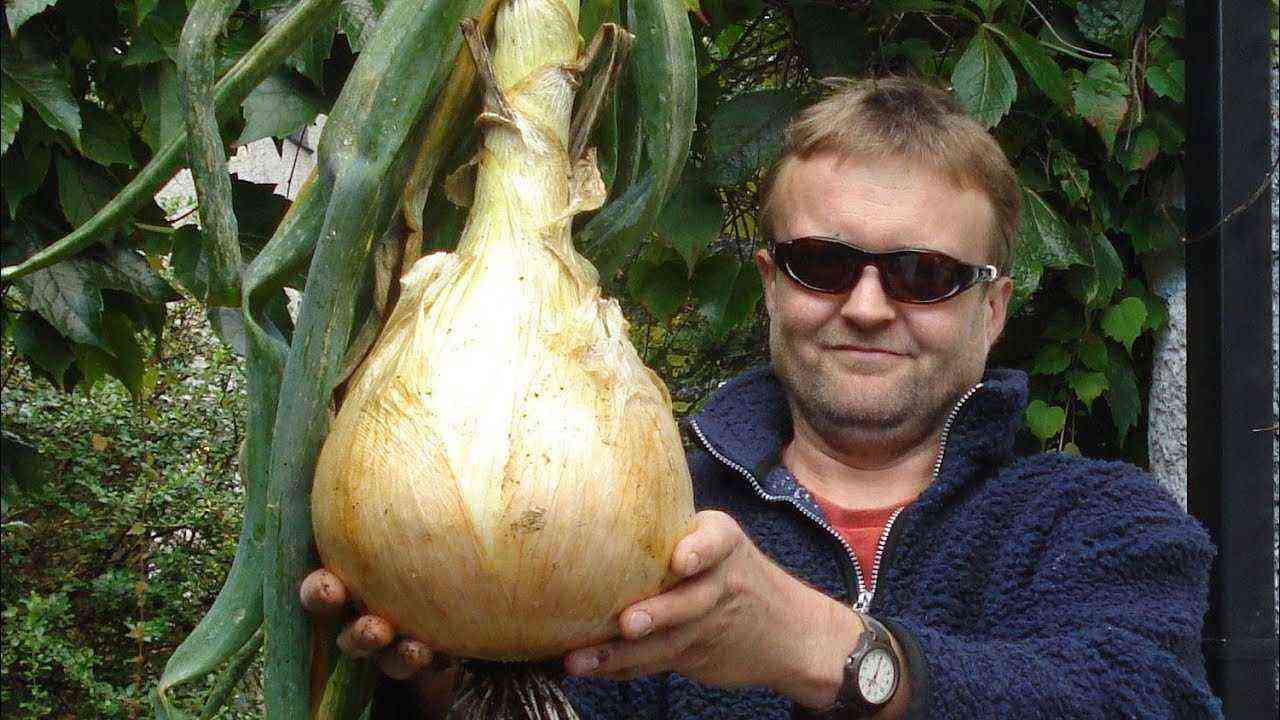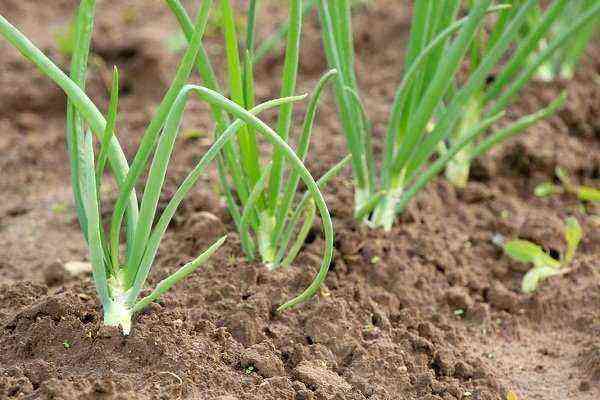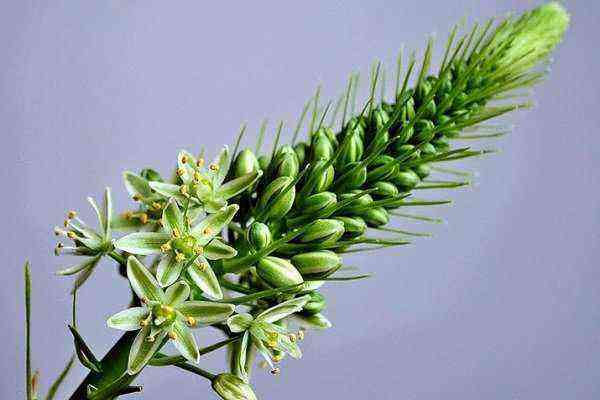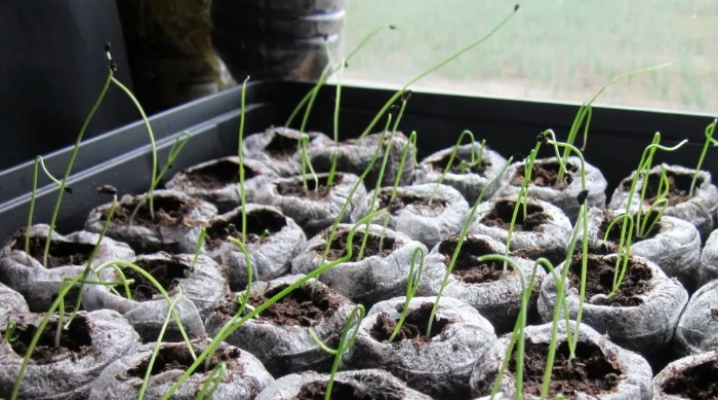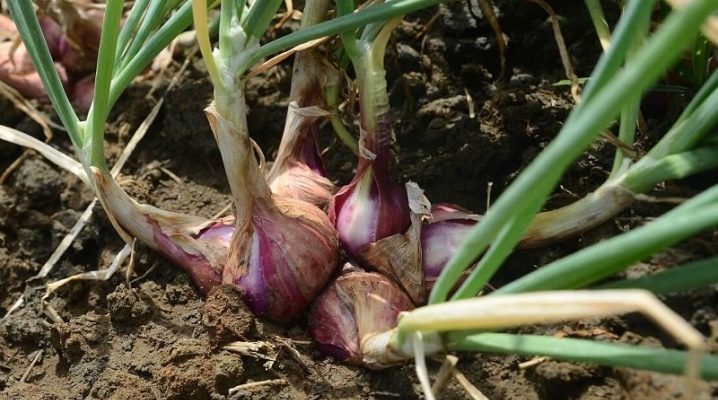
Many vegetable growers ignore planting family onions, but this is the crop that will help rationally use the land and always provide vitamins in the form of greens or a healthy vegetable. This onion variety has many advantages, and knowing the rules for planting and caring for it will allow gardeners to change their attitude towards family onions.
From the article you will learn how and when to plant this multi-germ type of vegetable, which varieties are best grown to get a feather, and which give larger bulbs. Why they call onions family, how to care for plantings and how to store the crop.


general description
The family onion got its name from the fact that it forms a head in the form of a nest with several small onions. In one such nest, depending on the variety and growing conditions, there can be from 3 to 12 onions, and such a head can weigh between 150-250 g. Such onion heads can be of various shapes – these are not always round, oval or oblong, but also cuboid options. Also, depending on the varietal characteristics, the family onion is covered with a thin husk of various shades – from golden scales to purple-pink. A reddish family onion is very common.
The pulp also differs in color (white, pinkish), but it is always juicy and tender. This type of onion gives very thin juicy greens, which does not coarsen for a long time and has a sharp taste, and the feather can grow up to half a meter in height. The advantages of the variety include:
- high productivity;
- rapid maturity (from 50 days);
- lack of shooting;
- long shelf life (until spring at least, maximum – 1 year);
- disease resistance;
- undemanding to growing conditions and care.
Family onions are grown to obtain green mass and bulbs, which are used to make salads, in marinades, and in conservation. To get a decent harvest of bulbs and feathers, it is important to choose the right variety of this onion crop.
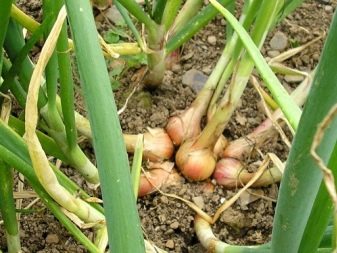
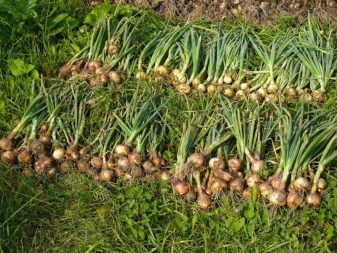
Popular varieties
Each variety of family onions has its own characteristics. Consider the best varieties and the most popular.
- “Monastic” onions are classified as early varieties. It is believed that his homeland is the Kostroma province. It grows round-elongated, weighing up to 70 g with 8 bulbs in the nest. This is an onion of low pungency with a pinkish husk and white-pink flesh.
- Variety “Ryzhik” mid-late maturation. Gives oblong bulbs (up to 10 pieces per head, weighing 55-70 g) with white flesh and bright golden husks. The taste is spicy.
- “Old Believer” variety of selection of the Vologda region. Gives fruits of an oblong shape, spicy in taste. The color of the scale is copper-yellow, there are at least 10 onions in the nest, weighing up to 80 g.
- Variety “Pesandor” is distinguished by a large number of heads – up to 20 pieces. Bulbs with purple flesh and mild flavor.
- “Grant” – a giant variety with 12 onions in the head, which have a sharp taste and juicy pulp. The weight of one fruit is 200 g. It is also good for growing on greens.
- “Knyazhich” is also a rather large bow, forming up to 10 onions, which have a pleasant taste and are distinguished by juiciness.
- Red family onion “Prometheus” inside has snow-white flesh. This is a non-sharp variety, with a mild aftertaste. The rounded fruit consists of at least 8 bulbs.
- The early ripe variety “Albic” is intended more for the pen. Gives small rounded-flat bulbs with yellow scales.
- “Velikoustyug” onions give quite large heads (up to 10 pieces) with a rather sharp aftertaste.
- Variety “Kvochka” gives large fruits of different colors, including blue. It is actively used in cooking for salads and other dishes.
You need to select a variety of family onions based on your taste preferences, as well as taking into account the characteristics of the growing region. So, for cold areas, it is better to choose the Sprint, Grasshopper varieties, and for warm regions, Kuban Yellow, Rostov and other varieties are recommended.
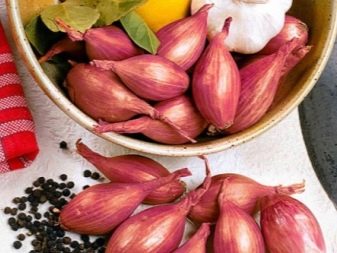
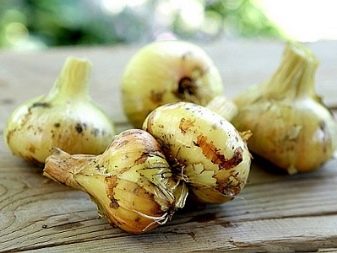
Preparing for planting
Preparation for planting family onions, like other crops, is carried out in advance. It is advisable to decide in the fall where the “family” will be planted in order to start preparing the place before the onset of frost.
Site Selection
Family onions love air, sun and moisture, respectively, you need to choose well-ventilated areas located on the sunny side. This vegetable crop is not so whimsical, but it is still better to choose a place with loose soil.
The homogeneous structure of the earth will allow the seed material to “breathe” better, which will germinate better in a loose base. You can artificially create such conditions by loosening the ground, but it is optimal to choose such a structure right away, because the clogged soil will still be compacted over time after loosening.

Ground
Since autumn, it is desirable to enrich the soil with nutrients, especially when it comes to poor soils. Humus or compost is added to the ground at the rate of 5 kg per 1 square meter, urea and wood ash. All this is done in the autumn, and with the onset of spring heat, the beds are fertilized with nitrogen-containing compounds.
To add friability to clay soil, it is diluted with a coarse-grained sand mixture. Family onions will feel good on acid-neutral soils. To reduce the level of acidity, dolomite flour or slaked lime is added to the ground.
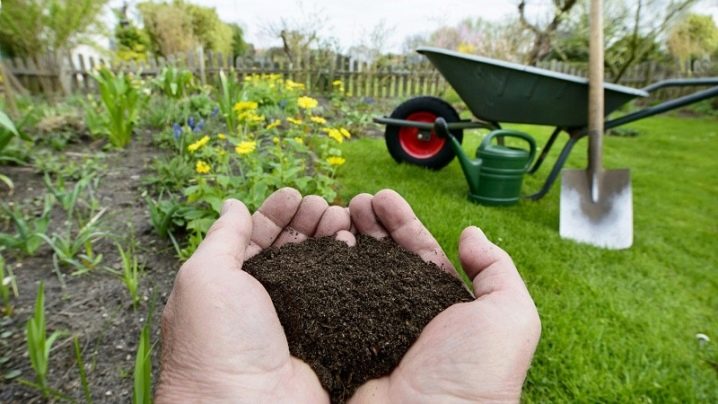
Planting material
To get an excellent harvest of family onions, you need to observe the sowing dates and process the seedlings. The planting material is cleaned of dry scales and soaked in a solution of copper sulphate (10 tbsp of vitriol per 1 liters of water). Keep the bulbs for at least 20 minutes. Then the sevok is “bathed” in a solution with complex fertilizers, after removing the dry heel (cut to white scales). Bulbs before planting leave in a cool place to germinate roots.
The nest must be “uncovered”, if you plant a whole head of the “family”, you will get a trifle. You can cut the head in the middle and plant in halves, but not a whole bulb. They practice onion plantings of a family variety planted with seeds. They are also subjected to pre-treatment for the purpose of hardening, feeding with nutrient solutions and germination.
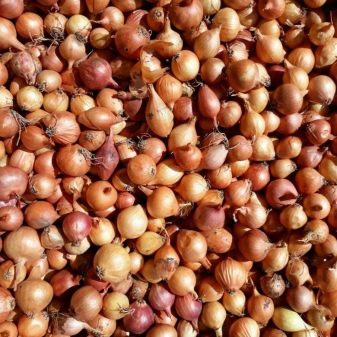

When and how to plant?
A multi-bearing type of onion can be planted both before winter (in October) and in early spring. It is better to cover spring plantings with special materials and remove them after the first shoots appear, and winter beds are protected with a peat layer or mulch in the form of humus. The landing time of the “family” depends on the region and the climatic features of the area. In the spring, it is not necessary to wait for heat: it is enough for the earth to warm up to +5 degrees, and you can start work. As a rule, at this time during the day the thermometer already shows + 10 ° C, and at night the temperature is still -2 ° C.
Temperature drops in the “family” are not terrible, the vegetable will grow slowly, but will grow. It is not necessary to plant family onions too early in spring – after all, it is undesirable for frosts to touch the plantings, but even if you are late, the plants will shoot arrows. It is correct to plant family onions in grooves in the beds, many choose a scheme for planting bulbs in a checkerboard pattern. If you grow varieties per head, then the distance between the onions must be kept at least 25 cm. If the onion goes more to the feather, then it is enough to leave about 15 cm apart. The sowing is deepened into the ground by 6-8 cm. If this distance is not respected, the roots may dry out.
It is important not only to observe the sowing dates, choose the right variety, but also adhere to the rules for the further care of onion plantings.


The nuances of care
Growing a family onion in the open field is not such a difficult task. Even a novice gardener will cope with it, it is enough just to properly care for the plantings. Most often, this crop is planted for greenery – the presence of many onions in the nest gives a chic feather, but quite large onion heads can also be grown. For this, first of all, watering is needed. Consider all the nuances of caring for a family onion in more detail.
Watering
As soon as the seedlings have risen to a height of 8 cm, you can begin to water them. Do this no more than once a week. To moisten onion plantations of the family breed, at least 15-20 liters of water are poured per square meter of land. It is better to use rainwater or, in extreme cases, settled, but not immediately from the water supply. For 3-5 days, ordinary water is insisted and then it is used to water the family onions. Before watering, it is desirable that the water warms up in the sun, cold moisture can cause disease in plants.
If, with sufficient watering, the greens begin to turn yellow, there is no need to increase the amount of water – this is by no means due to a lack of moisture, but from a lack of minerals. It is enough to sprinkle the beds with ash or add ammonium nitrate, and the problem will disappear.

Mulching
The growing process can be simplified if onion plantings are mulched in a timely manner. In addition to saving on watering costs, mulch can prevent the growth of weeds. Yes, and the vegetable itself grows better when moisture is retained in the ground and the top layer is not covered with a crust.
Immediately after watering or after rain, mulch beds with family onions using tops of other crops, just grass. It is good when there is a straw base, hay or sawdust. Suitable for mulching and coniferous “blanket”.
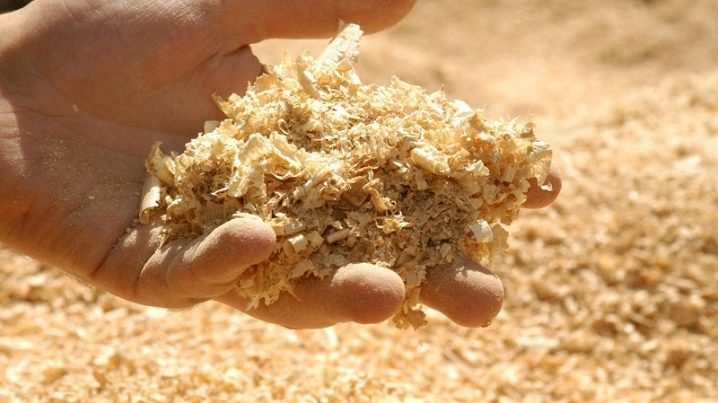
Feeding
Special fertilization is not required if the soil is prepared in advance according to all the above rules. But still, you may have to feed in the Moscow region and other regions if you notice yellowed feathers or wilting of the green mass. This can happen for various reasons, and in order to restore onion plantings, you will need potassium salt and ammonium nitrate. 15 g and 10 g, respectively, of the indicated compositions must be diluted in 10 liters of water. This solution is watered with family onion beds to cure the plants.
If you have your own chicken farm, then you can use litter diluted with water in a ratio of 1:20. You can also make a more concentrated solution, taking a ratio of 1:15, but it’s still better not to risk it if the wilting is not significant so as not to burn the greens even more.
A novice gardener needs to be aware that the bulb will not ripen from an excess of nitrogen in the soil, so approach fertilizing wisely.

Loosening
Loosening is carried out the next day after watering the plantations or after rain. Under normal weather conditions, it is enough to loosen the onion beds 4-5 times. In dry weather, this procedure will have to be performed more often to prevent the formation of a crust on the surface. In parallel with loosening, weeding can also be carried out.
nest formation
When the goal is to get larger bulbs, nests are formed. Start this procedure in late June – early July. How does this happen:
- inspect the head, moving the earth away from it on the sides;
- only 4-5 onions are left, the rest are carefully separated without damaging the main roots;
- bulbs are sprinkled with earth.
This is usually true when the goal is to grow onion heads for nutrition. When it comes to growing material for green plantings in order to get a good feather, then a head with a lot of onions is relevant.
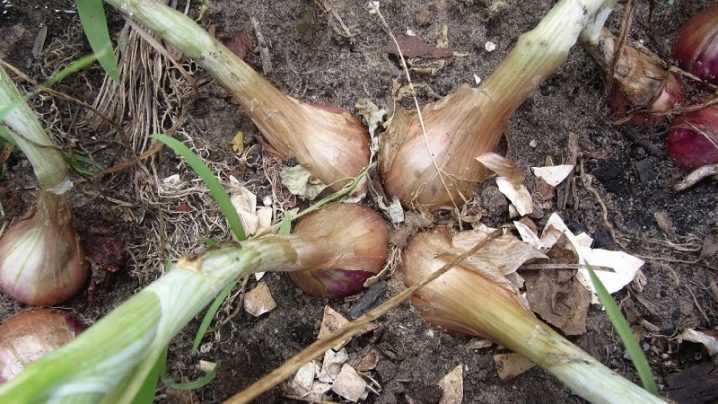
Diseases and pests
“Family” is considered a vegetable resistant to diseases and pests, but still in an unfavorable environment it can become infected with a fungus. Sometimes harmful creatures strike the family bow. Here are some options for prevention, protection and treatment.
- If rot is found on the bulbs, this is most likely Fusarium. The first step is to stop watering, and the onion is treated with 1% copper sulphate, or copper oxychloride is taken instead of this solution.
- Tobacco dust and ground black pepper work well against pests (the beds are simply sprinkled with these compounds).
- They also make a prophylactic solution from 50 g of crushed laundry soap (72%), 5 g of copper sulfate – all this is diluted in 10 liters of water and the plants are sprayed.
- You can also water between the rows with a solution of salt (200 g of salt per large bucket of water).
- The beds themselves are watered with coniferous-mint infusion. It is necessary to boil mint leaves and coniferous needles, insist and water.
- Carrots and marigolds planted near the family onion will scare away pests.
The family type of onion is especially fond of the onion fly. If, nevertheless, she overtook the landing, you can get rid of her with such drugs as “Flycat”, “Spark” and others.
Harvesting and storage of crops
It is necessary to harvest family onions closer to August – it is by this period that it fully matures: the leaves wither, the stem dries up, the plant lies on the ground. The heads by this moment are completely “dressed” in scales. It is desirable to harvest in warm weather. It is better to leave the heads on the bed until completely dry. If the weather does not favor this process, carry the crop under a canopy. Leave the plants for 10 days to air and dry, periodically turning them over.
Before storage, cut off the roots, remove dry leaves. You can store it at home in different ways: in boxes and lower them into the basement, you can weave the bulbs into a pigtail and hang the onion braids in a dry, cool room. The good old way to store onions in stockings is still relevant today. Family onions can be perfectly stored in the pantry in the apartment, in drawers in the kitchen or in the cellar. If the temperature in the room is + 18-22 ° C with an air humidity of at least 60%, these are ideal conditions for storing family onions.
For the basement, this is a temperature from 0 to +4 degrees with a maximum humidity of 85%. Bulbs are placed in wooden or plastic boxes with sand or sawdust. And for better air exchange, small holes are drilled in the container. Properly stored, this vegetable will provide you with vitamins for a long time. By the way, it can be stored for 12 months, while retaining all the useful qualities. And having planted a family onion in the fall, in early spring it is already possible to collect a feather.
